Selecting waterproof flooring from Greatmats can provide safer spaces for walking in indoor and outdoor areas where moisture is often present. It should provide the ability to avoid slips with a grippy surface. This is the best type of flooring to install in a basement, where moisture may seep through a concrete subfloor or foundation block, creating dampness. The waterproof flooring will not absorb the moisture, preventing the formation of odors or mold.
Article Library
Showing 1-12 of 71
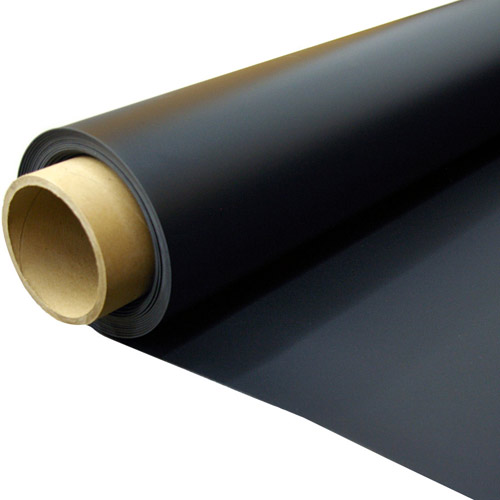
Is Vinyl Flooring Waterproof?
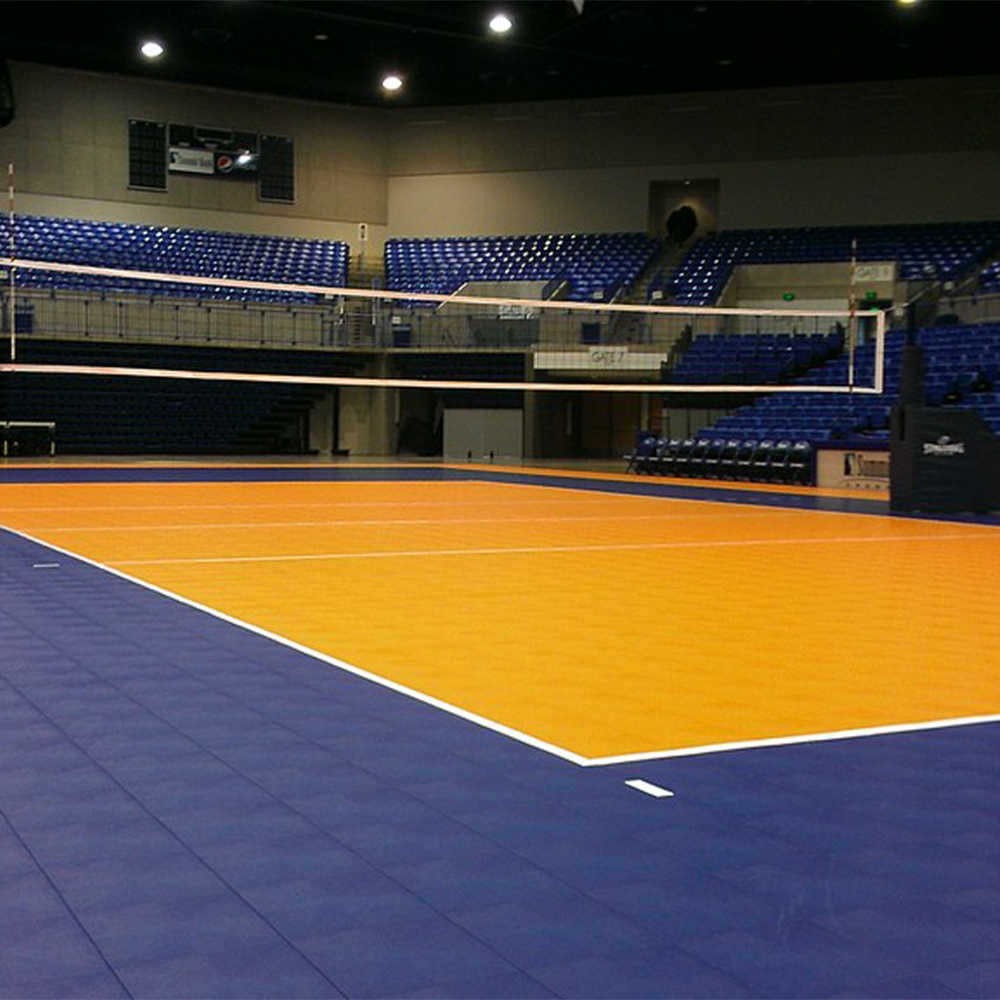
Considerations for Building a Plastic Volleyball or Basketball Court

Greatmats Glossary Guide to Specialty Flooring Terminology
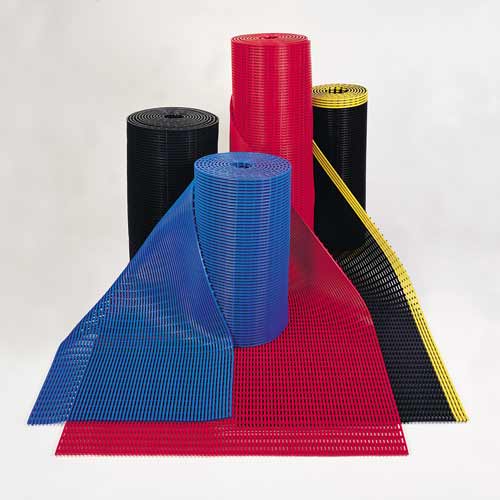
Top Drainage Mats & Matting for Commercial Floors

What Kind of Floor Mats and Material Work Best in a Sauna?
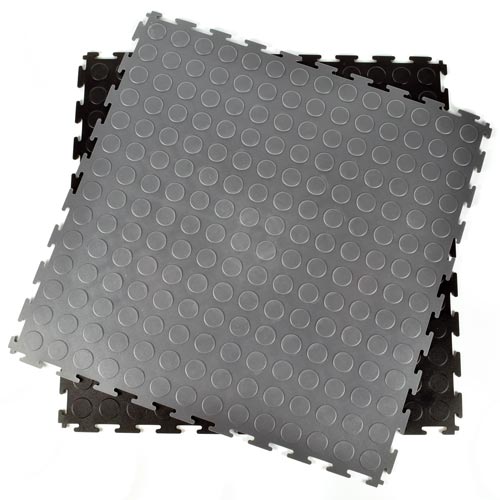
Waterproof vs. Watertight and Water Resistant Flooring
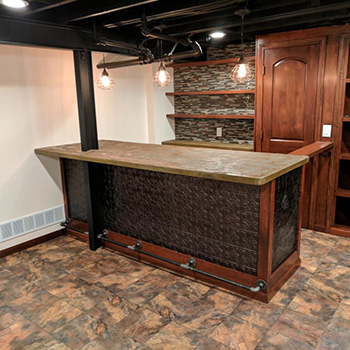
What Are Some Water Resistant Flooring Materials?
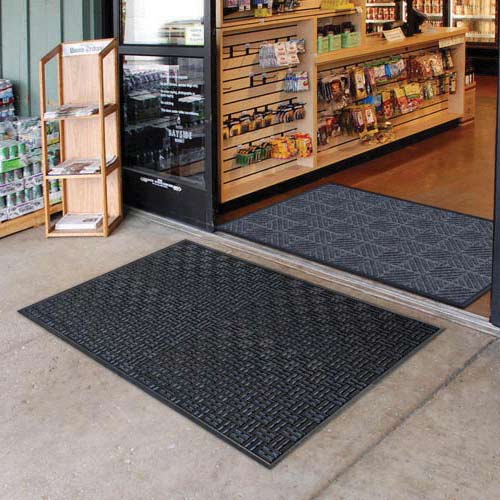
What are the Best Waterproof Outdoor Mats?
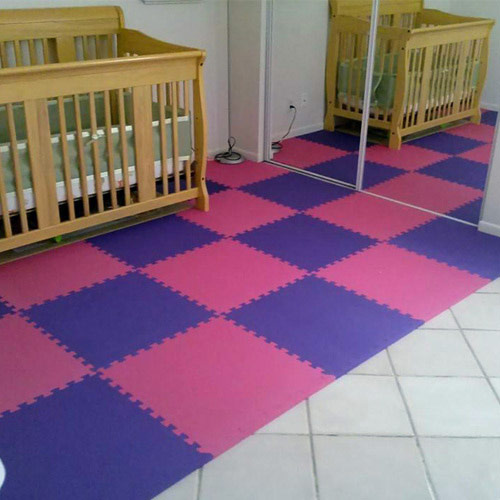
Foam Flooring Tiles: Commonly Overlooked Benefits

Is Cork Flooring Waterproof, And How Thick Is It?
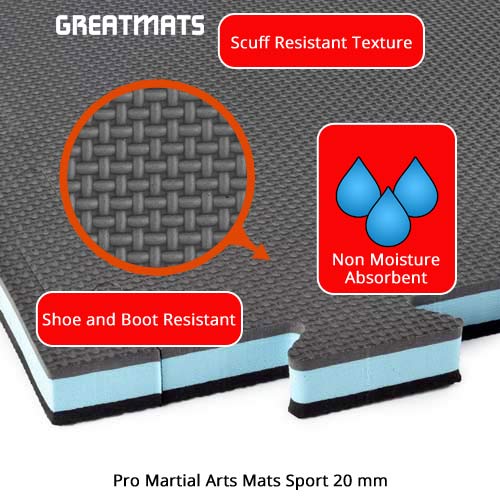
Are foam mats waterproof?
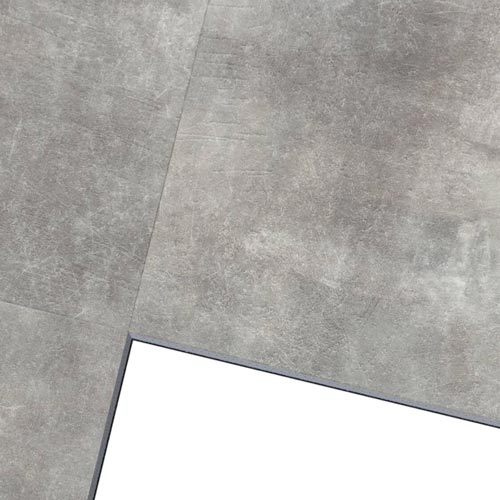
Is Laminate Flooring Water Resistant?
Video Library
Showing 1-12 of 39

LonDeck Sol Commercial Vinyl Flooring Rolls for Wet Environments

AquaTile Aquatic Flooring - 2x2 Tiles pooldeck waterproofflooring flooringideas

Floorline Non-Slip Wet Area Aquatic Floor Matting

Heronrib Barefoot and Wet Area Leisure Floor Matting

How To Install Waterproof SoftFlex Floor Tiles - 1x1 Interlocking

SoftFlex Floor Tile 38 Inch x 1x1 Ft. - Indoor Waterproof Tiles

Indoor Waterproof Flexible Interlocking Flooring Tiles

Sink or Float Rubber, EVA Foam, PVC and Polypropylene Flooring Materials

Life Floor Ripple Wet Tiles - Non Slip IndoorOutdoor Flooring for Wet Areas

Vynagrip Heavy Duty Industrial Workplace Safety Floor Matting

HVD Professional Kennel Matting for Dogs & Other Animals

Vinyl Gym Floor Covers - Protect School and University Gymnasium Floors
Size and Shape Options
Our waterproof tiles generally measure 1 by 1 feet, which makes them easy to handle and move into place.Many types of tiles made for areas with frequent moisture will use click-together installation methods, so installers can disassemble the tiles and allow airflow to reach the damp subfloor.
These often will be square tiles, which simplifies the process of calculating the number of waterproof flooring tiles needed to cover a certain space.
Greatmats also offers perforated industrial matting rolls that will cover a large area quickly, while providing a grippy surface for walking, as any water will drain through the perforations to the subfloor.
For a boat, which receives extensive exposure to water regularly, a roll of vinyl is a common selection. This often will be a faux wood plank boat flooring, creating a high-end look for a yacht. The vinyl is durable and easy to clean as well.
Material Options
Our waterproof flooring is available in several different types of materials, making it easy to select the perfect look. It also often has a low profile, reducing potential trip hazards.PVC plastic is one of the most popular options for this type of flooring, especially for use outdoors. It maintains its color without fading in sunlight, which is nice for use around pools. It also often has perforations to ensure that standing water will not remain in place.
Rubber is a popular material for an outdoor playground install. It is extremely durable, especially for use outdoors, while giving kids running and playing a little bit of cushioning in case of falls.
Vinyl is another popular selection. It stands up to moisture better than SPC or laminate, making it useful in a kitchen or bathroom.
Pattern and Texture Options
Waterproof flooring from Greatmats is available in a wide range of color and design options, making it a highly versatile option for use indoors or outdoors.PVC plastic appears in multiple colors, so installers can create almost any design. Adding bright colors is especially fun around a pool.
With vinyl rolls or tiles, installers can select from a range of printed patterns across the top of the vinyl. Simulated hardwood planks are extremely popular, but vinyl also appears in faux stone patterns that simulate luxury floorings.
Textures are not common in these flooring options, as they have a bit of natural grip for people walking on them. Some people will prefer perforated flooring for use in areas with heavy moisture, allowing water to drain through to the subfloor.
Common Use Options
For an outdoor or indoor pool, installers can place perforated PVC tiles around the swimming area. These tiles resist absorbing moisture that splashes out of the pool, while allowing standing water to drain through the perforations to reach the cement or stone slab underneath.For use in a wet basement area, carpet tiles, PVC tiles, or vinyl tiles all are popular. Many of these styles of modular tiles will use a firm plastic base that contains the interlocking edges for installing the tiles and that raises the underside of the tile a fraction of an inch over the subfloor, allowing air to flow underneath to remove moisture.
Rubber tiles will work for an outdoor playground or along a rooftop patio, standing up to tough weather and frequent moisture.
Installation Options
The most common option for installing waterproof flooring involves clicking together interlocking edges. The installer would line up the tabs on one tile and the slots or loops on an adjacent tile before pressing them together to create a sure fit that does not require the use of glue.With interlocking tiles, installers have the ability to remove one tile that has damage and pop in a replacement tile in very little time. Or if the installer wants to return to the subfloor at some point, just disassemble all the tiles and place them in storage until needing them again.
With vinyl rolls, installers may need to use adhesive or vinyl tape to affix the roll to the floor.
Cleaning and Maintenance Requirements
One of the best things about flooring made for use in areas with frequent moisture is the ease of cleaning and maintaining these styles of floors. Because they will not absorb water, those cleaning the flooring can use a mop on the tiles to disinfect and clean them on a regular basis.Rubber, PVC plastic, and vinyl all are materials made to stand up to regular usage and to wet weather while continuing to look great.


